Stem cell therapy for Spinal Cord Injury (SCI) is an innovative and promising treatment currently showing significant results in clinical trials globally, moving beyond traditional physical therapy to actively promote neural regeneration and functional improvement in a notable percentage of patients.
Stem cell therapy represents a paradigm shift in the treatment of spinal cord injury (SCI), offering hope where conventional medicine has historically faced limitations. SCI is a devastating condition, often resulting in severe motor, sensory, and autonomic deficits. The core principle of regenerative medicine is to use multipotent stem cells to repair the damaged neural tissue, reduce inflammation, and bridge the gap created by the injury scar. While still considered investigational or experimental in many Western countries, cutting-edge clinics in leading medical tourism destinations like Mexico, Turkey, Korea, and Japan are utilizing proven, regulated protocols to deliver these advanced therapies to international patients.
Key Takeaways
-
Promising Outcomes: Clinical data suggests that over 30% of patients with chronic or subacute SCI (AIS A and B) may see functional improvement, often moving up at least one grade on the ASIA Impairment Scale (AIS).
-
Safety Profile: Multiple Phase 1 trials globally have confirmed the safety and tolerability of using Autologous Mesenchymal Stem Cells (MSCs) and Neural Stem Cells (NSCs) with minimal serious adverse effects.
-
Significant Cost Savings: Patients can realize savings of 50% to 80% compared to similar treatments (if available) in the US and Canada by choosing regulated medical tourism destinations.
|
Country |
Approximate Cost Range for SCI Stem Cell Therapy (USD) |
|---|---|
|
Mexico |
$10,000 – $25,000 per treatment cycle |
|
Turkey |
$8,000 – $15,000 per treatment cycle |
|
South Korea |
$15,000 – $40,000+ (Specialized R&D institutions) |
|
Japan |
$15,000 – $70,000+ (High QA, cutting-edge protocols) |
The Mechanism of Stem Cell Action in SCI Repair
Stem cells do not simply replace damaged nerves; they primarily work through paracrine effects, releasing growth factors and anti-inflammatory agents that create a neuro-regenerative environment, reduce scarring, and enhance the survival of existing nerve cells.
The damage following a spinal cord injury involves a complex cascade of events known as secondary injury, including inflammation, cell death, and the formation of a glial scar. This scar actively inhibits axon regeneration. Stem cell transplantation targets these secondary mechanisms through several pathways:
-
Immunomodulation: Mesenchymal Stem Cells (MSCs), often derived from bone marrow or adipose (fat) tissue, have potent anti-inflammatory properties. They reduce the cytotoxic immune response that causes secondary damage.
-
Trophic Factor Secretion: Stem cells release a cocktail of beneficial molecules, including Nerve Growth Factor (NGF), Brain-Derived Neurotrophic Factor (BDNF), and Glial Cell Line-Derived Neurotrophic Factor (GDNF). These factors promote the survival of injured neurons and stimulate the growth of new axons.
-
Angiogenesis: They promote the formation of new blood vessels, improving the supply of oxygen and nutrients to the damaged area.
-
Cell Replacement (in specific protocols): Certain types of stem cells, like Neural Stem Cells (NSCs), have the potential to differentiate into essential neural cell types—neurons, astrocytes, and oligodendrocytes—potentially contributing to remyelination of damaged axons.
Types of Stem Cells Used in Clinical Protocols
The source and type of cells are critical factors influencing the regenerative outcome.
-
Mesenchymal Stem Cells (MSCs): The most common and safest type used globally. They are harvested from the patient (autologous) or a donor (allogeneic) via bone marrow or adipose tissue. They are favored for their strong immunomodulatory and trophic factor release capabilities.
-
LSI Keywords: Adipose-derived stem cells, Bone marrow stem cells, Immunomodulatory properties.
-
-
Neural Stem Cells (NSCs): Used in more advanced or specialized clinical trials (often in Asian centers). These cells are thought to have a higher potential for direct neural differentiation and repair, often showing greater functional improvement in motor and sensory scores in specific trials.
-
Umbilical Cord-Derived Stem Cells (UCSCs): A type of allogeneic MSC, they are easily accessible and highly potent due to their youthful, non-aging state. They are commonly used in clinics in Mexico and Turkey.
Candidacy and Pre-Treatment Preparation
Candidacy for stem cell therapy is determined by the patient’s overall health, the severity and location of the SCI, and the time elapsed since the injury (acute, subacute, or chronic).
Most leading international centers have strict patient selection criteria to maximize safety and potential efficacy.
Who is a Candidate for SCI Stem Cell Therapy?
While every case is unique, ideal candidates often meet the following general requirements:
-
SCI Classification: Patients typically classified as AIS Grade A or B (complete or sensory-only incomplete injury) are often the focus of clinical studies.
-
Injury Timing: Treatment can be administered in the subacute phase (2 weeks to 6 months post-injury) or the chronic phase (6 months or more post-injury). While the subacute phase is considered optimal due to a less established scar, chronic patients can still benefit from anti-inflammatory and trophic effects.
-
Overall Health: Candidates must be stable, with no active infections, uncontrolled diabetes, or metastatic cancer.
-
Mobility: Patients must be medically cleared to travel and participate in the rigorous post-treatment physical rehabilitation required.
Required Preparation and Diagnostics
Preparation for medical tourism involves comprehensive medical record review and preparation of the patient's body for treatment.
-
Detailed Imaging: Recent MRI or CT scans of the spine (within 6 months) are mandatory to assess the extent of the spinal cord lesion and rule out any structural instability.
-
Laboratory Tests: Comprehensive blood work, including infectious disease screening, hematology, and biochemistry panels.
-
Medication Review: Patients are often required to stop certain medications (especially immunosuppressants or blood thinners) a few days before the cell harvesting or injection procedure.
-
Logistical Planning: Patients must plan for a stay ranging from 7 to 14 days, depending on the protocol (which often includes harvesting, cell expansion, and multiple injections).
Procedure and Administration Methods
The procedure typically involves harvesting the patient's own cells (autologous), expanding them in a specialized lab, and then administering them via direct injection into the spinal fluid or the injury site.
The delivery method is crucial for ensuring the cells reach the damaged site and interact with the hostile microenvironment of the spinal cord.
-
Cell Harvesting (Autologous):
-
Bone Marrow Aspiration (BMA): Bone marrow is extracted from the hip (iliac crest) under local or light general anesthesia.
-
Lipoaspiration: Adipose tissue (fat) is harvested, typically from the abdomen or flank, which contains a rich source of MSCs. (Visual Placeholder: Image of a doctor performing a bone marrow aspiration or a flow diagram of the cell processing pipeline.)
-
-
Cell Processing and Expansion:
-
Cells are sent to a high-standard, Good Manufacturing Practice (GMP) compliant laboratory. They are isolated, purified, and then cultured to multiply the cell count into therapeutic doses (often hundreds of millions or billions of cells). This phase can take 4-6 weeks.
-
-
Administration Methods:
-
Intrathecal Injection: The most common method. Cells are injected directly into the cerebrospinal fluid (CSF) space via a lumbar puncture (spinal tap). This allows the cells to circulate and migrate to the injury site.
-
Intralesional Injection: Cells are injected directly into or near the scar tissue at the site of the SCI, often during a minimally invasive surgical procedure.
-
Intravenous (IV) Infusion: Used primarily for systemic effects, such as reducing overall inflammation.
-
Expert Insight: "The sheer concentration of cells required for spinal cord regeneration means that sophisticated in vitro expansion in a GMP facility is essential. International centers that boast transparent lab practices and clear cell counts are operating at the forefront of regenerative medicine."
Potential Risks and Safety Considerations
While recent clinical trials show a strong safety profile for MSC-based treatments, potential risks include procedure-related complications, temporary discomfort, and the highly debated theoretical risk of tumor formation (teratomas) from less regulated cell types.
It is paramount for patients considering regenerative therapies abroad to understand the risks associated with the procedure, especially since regulatory oversight varies by country.
Documented Adverse Events in SCI Trials
-
Headache: The most frequently reported side effect, particularly following intrathecal injection (due to CSF leakage), typically resolved with rest and hydration.
-
Musculoskeletal Pain: Pain or soreness at the cell harvesting site (hip or abdomen).
-
Fever and Dizziness: Temporary, mild side effects reported in clinical studies.
-
Increased Spasticity: A transient increase in muscle stiffness or spasms has been noted in some chronic SCI patients.
Key Safety Questions to Ask Any Clinic
When traveling for treatment, PlacidWay recommends asking clinics about:
-
Cell Sourcing: Are the cells autologous (your own) or allogeneic (donor)? Where are they sourced?
-
Regulatory Compliance: Does the lab follow international GMP standards and are they licensed by the national regulatory body (e.g., COFEPRIS in Mexico)?
-
Purity and Viability: What is the final cell count and viability percentage of the product delivered?
-
Long-Term Follow-up: Does the clinic track long-term outcomes for multiple years post-treatment?
Recovery and Long-Term Aftercare
Recovery is not a short-term event; successful SCI treatment necessitates an integrated approach where the stem cell therapy initiates biological repair, followed by intensive, long-term physical and occupational rehabilitation.
Stem cell therapy creates a window of opportunity for the nervous system to potentially heal and rewire, but functional recovery is driven by neuroplasticity stimulated through rehabilitation.
Post-Procedure Timeline and Rehabilitation
-
Immediate Post-Procedure (1-3 Days): Patients are monitored for post-lumbar puncture side effects. Rest is critical to allow the injected cells to stabilize.
-
Short-Term Recovery (1-4 Weeks): Most patients begin immediate, focused physical therapy at the clinic or an affiliated center. This is crucial for retraining the nervous system to interpret new signals.
-
Long-Term Aftercare (Months to Years): This is the most critical phase. Functional gains, such as improved sensory perception or partial motor function, often appear gradually over 6 to 18 months. Patients must commit to an ongoing regimen of advanced physical therapy, sometimes including epidural stimulation or locomotor training.
-
LSI Keywords: Neurorehabilitation, Functional recovery, Locomotor training, Neuroplasticity.
-
Why Location Matters: Integrated Care in Medical Tourism
Medical tourism destinations like Turkey and Mexico often excel because they provide comprehensive, integrated packages. Unlike in the US where stem cell therapy and rehabilitation are siloed, these centers offer:
-
All-in-One Packages: Covering the stem cell procedure, high-intensity inpatient physical and occupational therapy, hyperbaric oxygen therapy (HBOT), and nutritional counseling.
-
Specialized Expertise: Access to neuro-rehabilitation specialists experienced in managing post-cell therapy patients, optimizing the window for functional gains.
Cost Analysis and Value Proposition
Stem cell therapy for SCI is a significant investment, but international options provide superior value by bundling the advanced, cell-based treatment with essential supportive therapies at a fraction of the cost of unregulated or experimental US options.
The price of Stem cell therapy for SCI is heavily influenced by the source and dose of the cells, the number of injections, and the inclusion of supportive therapies. Costs abroad are substantially lower primarily due to lower operating expenses, reduced liability costs, and a more favorable regulatory environment for regenerative medicine.
|
Destination |
SCI Stem Cell Therapy Cost Range (USD) |
Key Value/Package Inclusions (Typical) |
|---|---|---|
|
Mexico |
$10,000 – $25,000 |
High-dose MSCs (Autologous/Allogeneic), multiple administration routes, often includes HBOT and initial rehabilitation. Proximity to North America. |
|
Turkey |
$8,000 – $15,000 |
Highly competitive pricing, comprehensive bundles with accommodation, airport transfers, and several days of intensive physiotherapy. Strong governmental support for medical tourism. |
|
South Korea |
$15,000 – $40,000+ |
Access to highly sophisticated, research-driven protocols, often utilizing Neural Stem Cells (NSCs) or specialized delivery systems; extremely high quality assurance (QA). |
|
Japan |
$15,000 – $70,000+ |
Access to globally approved commercial products (e.g., Stemirac), highly accelerated regulatory pathway, and world-leading iPSC research. Premium quality assurance. |
|
United States |
$30,000 – $100,000+ |
If available outside of a clinical trial, costs are significantly higher; often does not include rehabilitation in the base price. |
Fact & Figure: Choosing a regulated provider in Mexico, Turkey, or Japan can save patients between $20,000 and $75,000 compared to seeking similar, non-FDA-approved treatments in less transparent US clinics.
Navigating Legal and Ethical Landscape
The regulatory status of stem cell therapies for SCI varies drastically across continents. Patients must be fully aware that while highly regulated protocols exist abroad, many treatments are considered experimental by agencies like the FDA in the United States.
International patients are often driven to seek treatment abroad because countries like Mexico, Turkey, Korea, and Japan have created specific, often permissive, regulatory frameworks for regenerative medicine. These frameworks allow licensed clinics to offer therapies that are considered Phase 1 (safety proven) but not yet Phase 3 (efficacy proven) in the US or Europe.
Regulatory Differences
-
Japan (PMD Act): Japan is a global leader in regenerative medicine regulation. Its unique framework (PMD Act and Act on the Safety of Regenerative Medicine) allows for conditional and time-limited approval of therapies based on safety and presumable efficacy. This has led to the commercial approval of products like Stemirac for subacute SCI, making Japan one of the few places where a stem cell product for SCI is recognized by a major national health authority.
-
Mexico (COFEPRIS): Has established protocols that allow the use of expanded autologous stem cells under specific conditions, promoting innovation while attempting to maintain quality standards based on ISSCR (International Society for Stem Cell Research) guidelines.
-
Turkey (Ministry of Health): Highly supportive of medical tourism, Turkey has well-developed regulations for cell production and transplantation in specialized centers and university hospitals.
-
South Korea: Known for strict regulatory oversight and world-class research institutions, Korean protocols are often integrated with government-backed clinical trials, prioritizing quality assurance and transparency.
Frequently Asked Questions (FAQ)
Is stem cell therapy a cure for Spinal Cord Injury (SCI)?
Stem cell therapy is not currently a guaranteed cure for SCI, but it is a powerful regenerative tool designed to improve neurological function, reduce pain, and enhance the quality of life, especially when combined with intensive rehabilitation.
It is important to manage expectations. While some patients experience dramatic, "super-responder" improvements, the goal is often partial functional recovery, such as regaining sensory function below the injury level or moving an AIS grade up. It is a long-term process, not an instant fix.
What is the main safety concern regarding stem cell therapy for SCI?
The main safety concern is ensuring the quality and purity of the cells used. Patients must avoid unlicensed or "pop-up" clinics that do not follow Good Manufacturing Practice (GMP) guidelines, as poorly handled cells carry risks of contamination or non-viability.
In regulated clinics in Turkey, Mexico, Korea, and Japan, the risk is minimized through stringent laboratory oversight, but diligence by the patient in verifying credentials is key.
How long does the improvement from stem cell therapy last?
The functional improvements observed are often durable and long-lasting because the treatment aims to induce genuine biological repair and promote neuroplasticity, rather than offering a temporary fix.
However, sustained improvements depend heavily on the patient's commitment to continuous physical therapy, which reinforces the newly formed neural connections.
How quickly can I travel after having a spinal cord injury?
For safety, most reputable medical tourism clinics recommend stabilizing the patient and waiting until the acute phase (first few weeks) has passed. The subacute phase (2 weeks to 6 months) or the chronic phase (after 6 months) are the most common timings for treatment.
Immediate travel in the acute phase is usually discouraged unless specific protocols are in place and approved by a neurosurgeon.
Is the stem cell treatment painful?
The primary source of discomfort comes from the cell harvesting procedure (bone marrow aspiration or lipoaspiration) and the administration (intrathecal injection, which can cause a temporary headache).
These procedures are performed under anesthesia (local or sedation) to minimize pain, and any post-procedure discomfort is typically managed effectively with standard pain relief medication.
Why is stem cell therapy cheaper in Mexico and Turkey than in the US?
The lower costs are primarily due to lower operating expenses, reduced administrative and labor costs, a more favorable exchange rate, and different national regulatory frameworks that streamline access to these advanced regenerative treatments.
The quality of care in highly accredited international hospitals often meets or exceeds Western standards, providing a high-value option for patients.
What is the difference between Autologous and Allogeneic stem cells?
Autologous cells are sourced from the patient's own body (e.g., fat or bone marrow), eliminating the risk of immune rejection. Allogeneic cells are sourced from a donor (e.g., umbilical cord), offering a higher cell count and potency without the need for an invasive harvesting procedure.
Both types are used safely in SCI protocols, with the choice depending on the patient's condition and the specific clinic's protocol.
Partner with PlacidWay: Your Path to Advanced SCI Treatment
Ready to explore how advanced stem cell therapy can fit into your rehabilitation journey? PlacidWay specializes in connecting patients with the world's most reputable, regulated clinics offering cutting-edge Spinal Cord Injury treatment in destinations like Mexico, Turkey, Korea, and Japan.
We provide:
-
Verified Clinic Networks: Access to certified hospitals that meet stringent international safety and quality standards (JCI, ISO accredited).
-
Transparent Price Quotes: Compare comprehensive, all-inclusive packages that cover the procedure, stem cell dosage, accommodation, and post-treatment rehabilitation.
-
Dedicated Case Management: Personalized assistance with medical record transfer, travel logistics, translation, and local support.
Don't wait to gain functional recovery. Click the link below to receive a free, personalized quote and consult with a dedicated PlacidWay case manager about your Spinal Cord Injury stem cell options.

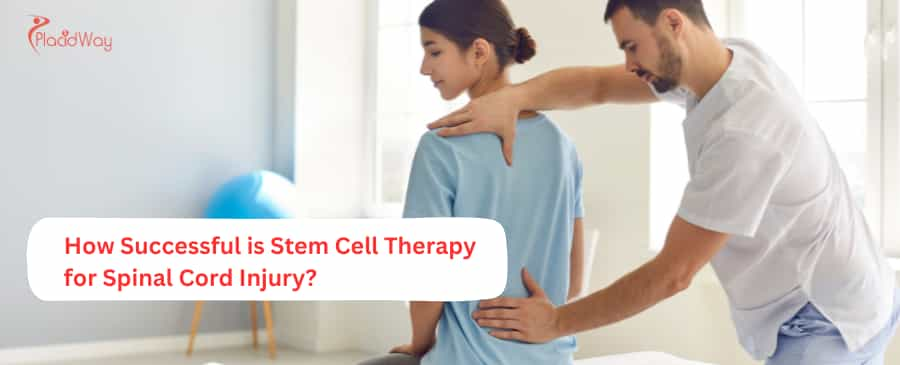

.png)




.png)
.png)
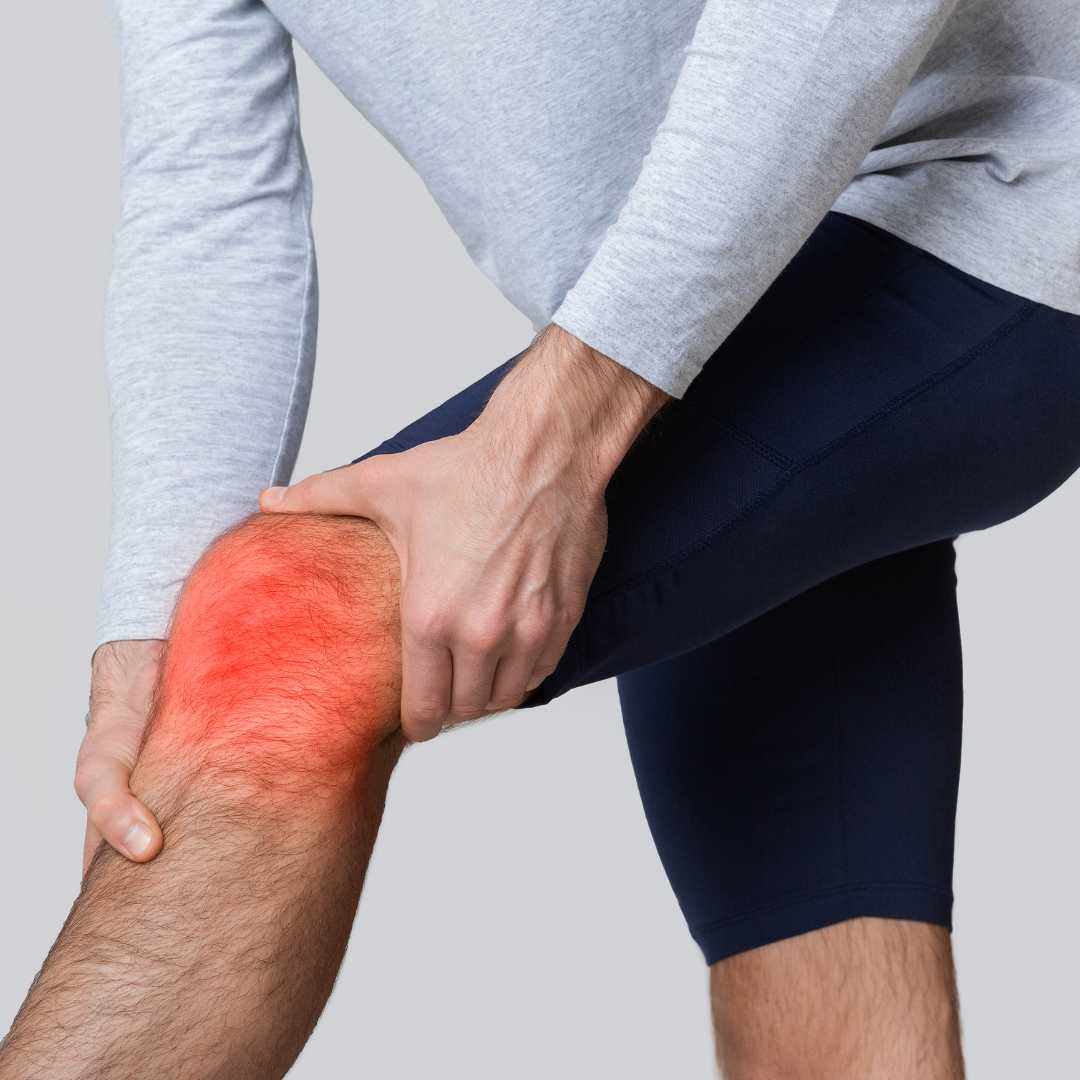

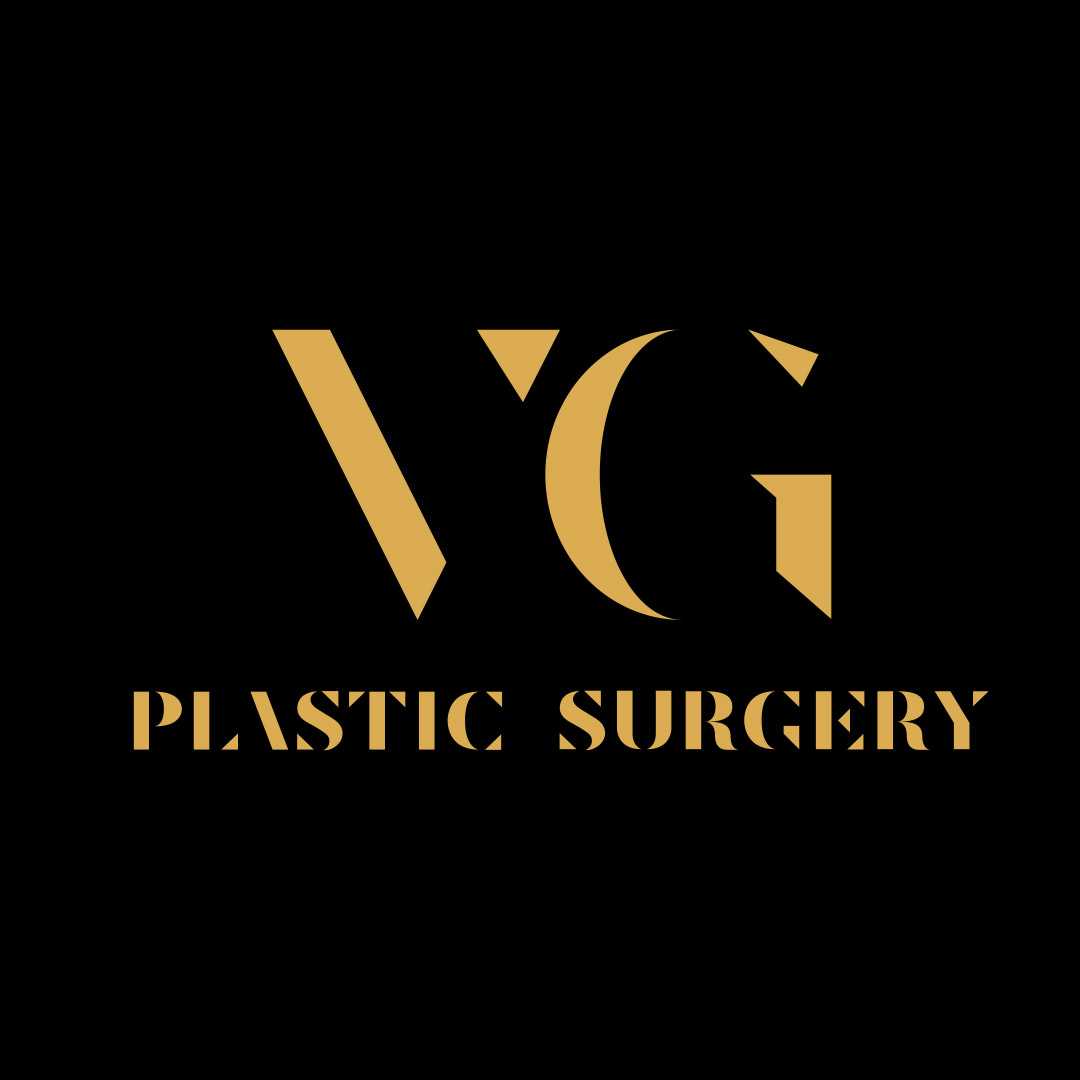

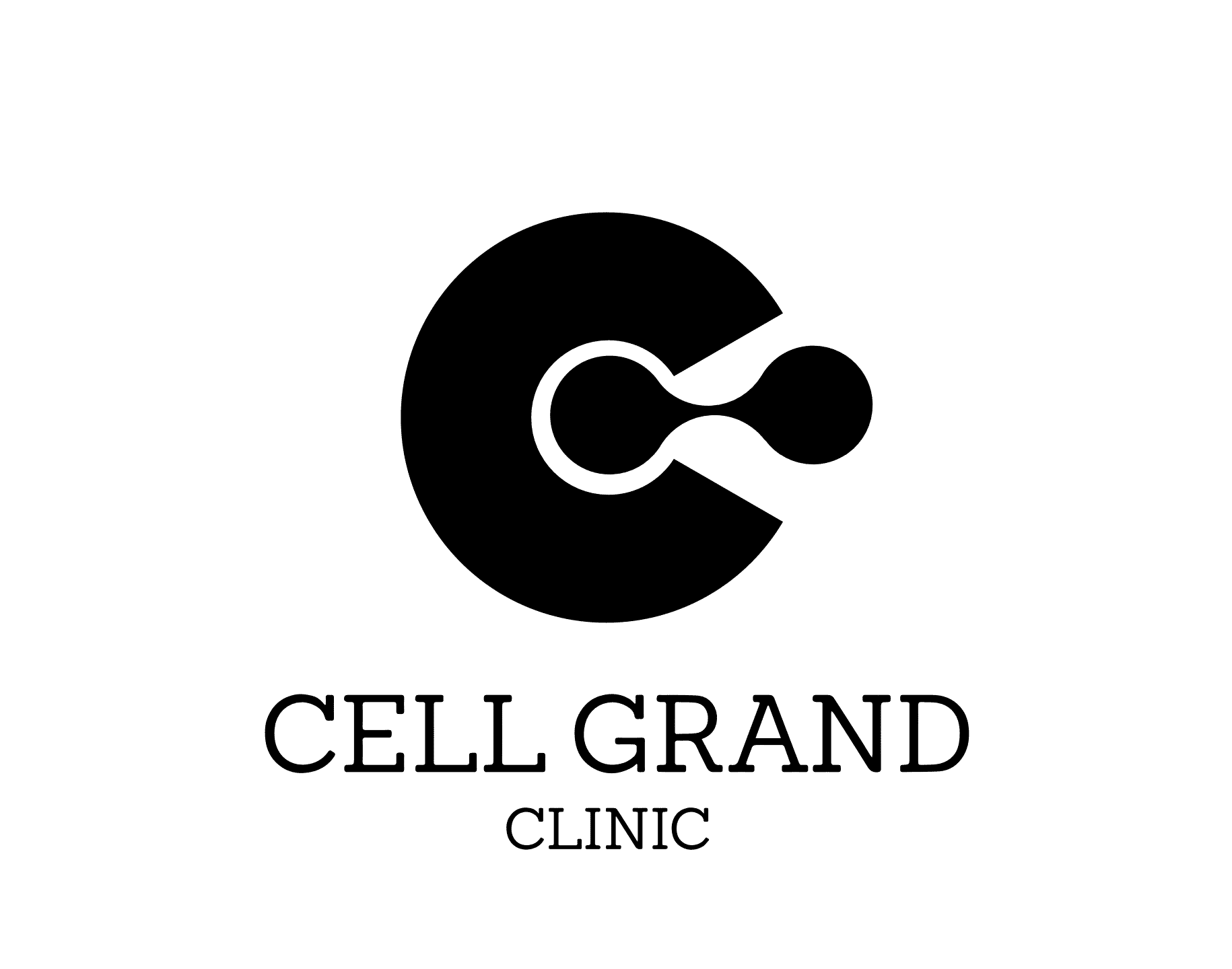
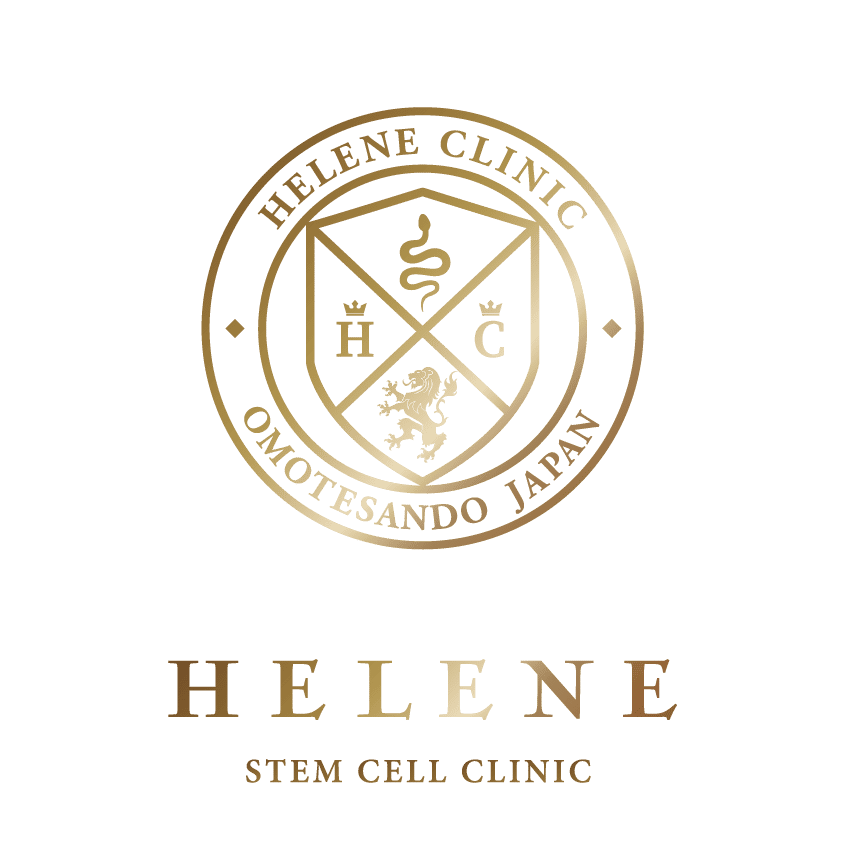

Share this listing